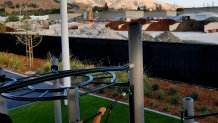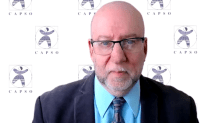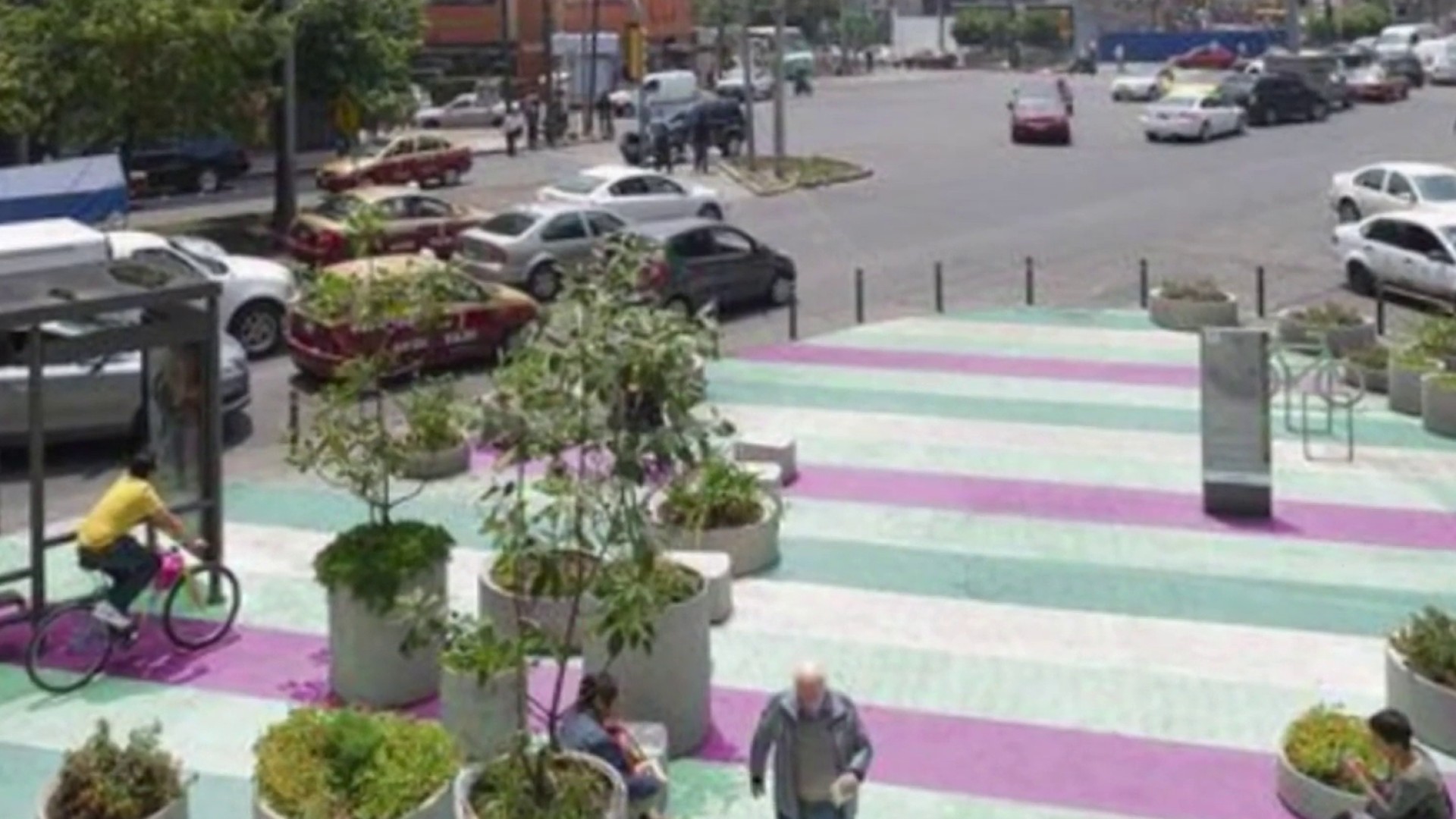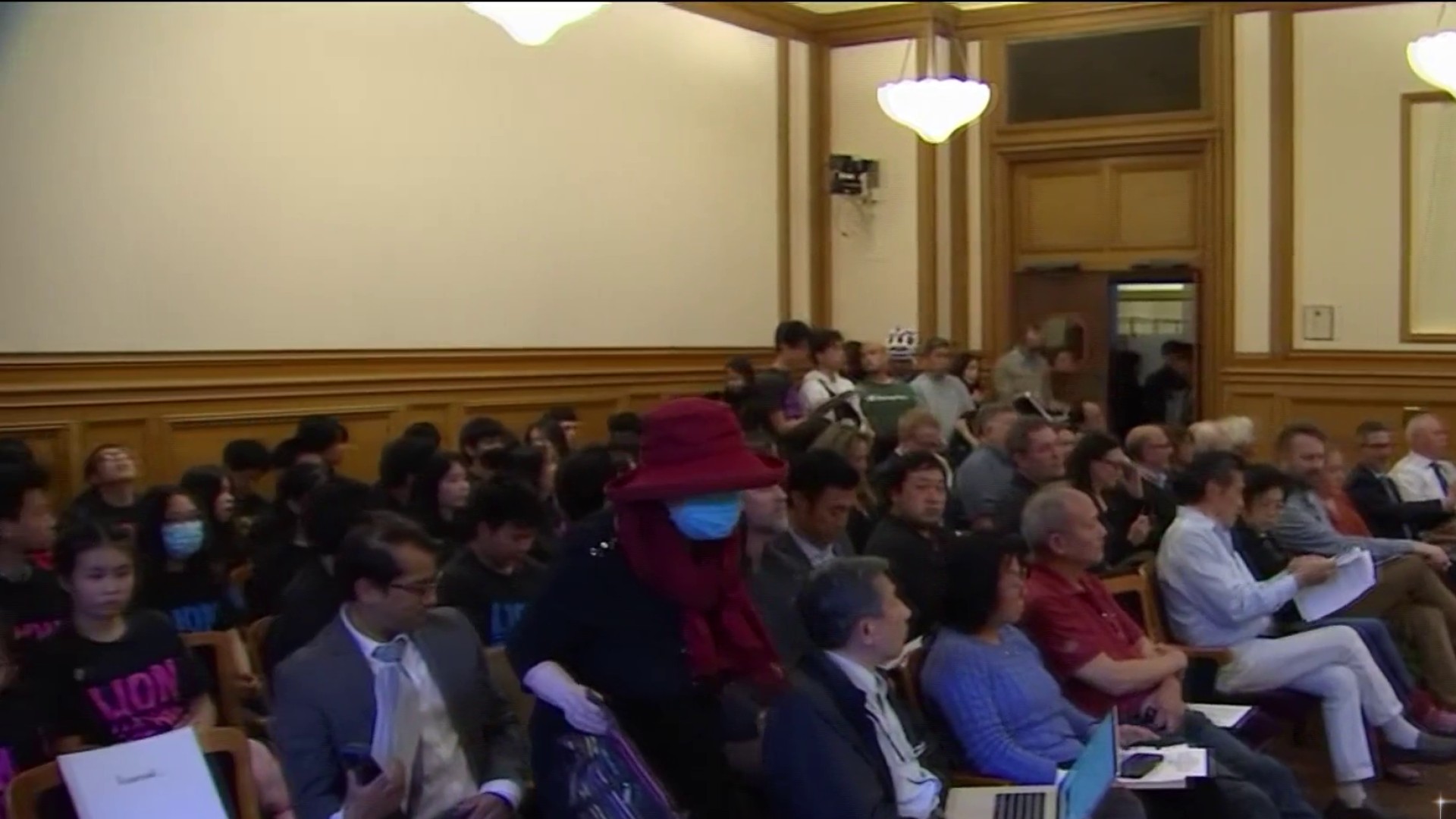A new bill, that could drastically limit where future schools can be built throughout the state, cleared a major hurdle in the California legislature on Thursday and is now headed for a full vote in the Assembly in the coming weeks. The legislation would force private and charter schools to comply with tougher environmental standards – the very same regulations that are already in place for public schools – in hopes of preventing classrooms from being constructed near potentially toxic sites.
“Whatever school you send your child to, you should know well that they are not going to be in danger,” said Assemblyman Alex Lee, who authored the legislation, Assembly Bill 762. “The problem right now is that private and charter schools can be [built] on top of or even really close to toxic and hazardous sites and there's no law preventing that.”

Private Schools Fail to Receive ‘Whole Story’ on Health Risks Prior to Building
Get a weekly recap of the latest San Francisco Bay Area housing news. Sign up for NBC Bay Area’s Housing Deconstructed newsletter.
Unlike private or charter schools, the process for constructing public schools is subject to more oversight and regulations. For example, when new public schools are proposed on land that was previously contaminated, state law outlines specific protocols to safely remediate the area. Additionally, if a proposed location of a public school is within a quarter mile of a facility known to emit air pollution, schools are required to contact local government air quality regulators to assess the potential health risks.
Strangely enough, that requirement doesn't exist for private schools right now or for some charter schools.
Alan Abbs, legislative officer with the Bay Area Air Quality Management District
“Strangely enough, that requirement doesn't exist for private schools right now or for some charter schools,” said Alan Abbs, a legislative officer for the Bay Area Air Quality Management District. “We're just trying to make a level playing field.”
Local
The Bay Area Air Quality Management District, which sponsored Assembly Bill 762, is one of 35 regional air districts across the state responsible for monitoring air quality and reducing air pollution.
While proposed private schools do need to obtain approval from their local municipality before beginning construction, that process is not nearly as rigorous or comprehensive as what is currently required for public schools, argues Abbs.
“You want to make sure that school is healthy for kids, regardless of whether they're public school students, private school students, or charter school students,” he said.

NBC Bay Area Investigation Spurs Possible New Law
Assembly Bill 762 comes in the wake of an NBC Bay Area investigative series that exposed a lack of oversight around the construction of private schools. The reporting detailed how a little-known loophole was allowing private and charter schools to build new facilities in potentially dangerous areas with high levels of pollution. The investigative series centered around Stratford, a private school in Fremont that was built directly next to a concrete plant.
The Stratford School in Fremont opened in August 2018, right next door to the Tri City Rock concrete plant, which has remained at that location since 1987.
NBC Bay Area's series of reports also led California School Superintendent Tony Thurmond to call for a change in state law in order to hold private and charter schools to the same level of environmental accountability as public schools.
“Certainly, your reporting shed an important spotlight on the issue,” said Assemblymember Alex Lee. “No child should go to school and have their health at risk.”
Following the investigative series, Stratford built a wall along its playground to protect children from harmful chemicals blowing in from the concrete plant. A spokesperson for the school declined to comment on the proposed legislation but maintains Stratford is safe.
In a 2019 statement to NBC Bay Area, Stratford Founder Sherry Adams boasted about healthy air quality levels during a "majority of school days," but in doing so seemed to inadvertently acknowledge air quality at the campus occasionally fell below California health standards.
“Stratford paid for testing at the school, which showed air quality was in line with state standards for a 'majority of school days," Adams wrote.
How Many Private & Charter Schools are Near Potentially Toxic Sites?

The number of private and charter schools constructed near toxic land is largely unknown since neither government regulators nor the California Department of Education has ever studied the issue.
To quantify the danger, the NBC Bay Area Investigative Unit obtained addresses for the more than 10,000 businesses in the Bay Area that are known sources of air pollution, according to the Bay Area Air Quality Management District. Those facilities range from oil refineries and steel mills to neighborhood grocery stores and dry cleaners.
The Investigative Unit also obtained the locations of the roughly 1,000 private and charter schools in the area as well as 1,500 public schools. The investigation revealed 61 percent of private and charter schools in the Bay Area are within a quarter mile of facilities that are known to emit toxic chemicals. Public schools boast a lower percentage of 44 percent.
These Private, Charter, and Public schools Are Within 1/4 Mile of Air Pollution Sources
The NBC Bay Area Investigative Unit reviewed geographic data for all private, charter, and public schools across the Bay Area. Only those schools within a quarter mile of known sources of air pollution are plotted below. Use the interactive map to zoom into schools and find out what types of facilities are in a potentially hazardous range.
Source: Bay Area Air Quality Management District, California Dept. of Education
Credit: Sean Myers/NBC Bay Area
Population pressures and property prices are making it harder and harder to be able to find appropriate sites for schools,” said Laura Deehan, the director of Environment California, a nonprofit that advocates for tougher environmental standards. “School administrators are more desperate, really, for a good site, an adequate site, and, unfortunately, something that might seem like a good site - might be a terrible site when you overlay the environmental impact of the area.”
Locating a school within a quarter mile of a known source of air pollution isn’t always considered dangerous by air quality regulators since the amount of pollution produced at each site varies widely. However, when public schools are going to be built that close, state law requires local air management districts to study the risks before construction is approved. If approved, Assembly Bill 762 would extend that requirement to private and charter schools.
Because children are still growing, their bodies are so much more susceptible to toxic exposures.
Laura Deehan, director of Environment California
"Children are more susceptible to environmental harms than grown ups," said Deehan. "Because children are still growing, their bodies are so much more susceptible to toxic exposures."
Deehan is quick to note that exposure to air pollution can lead to an increased risk of cancer, asthma, and other respiratory ailments.
Of the nation's 25 most polluted communities, California cities occupy more than half the list, according to the American Lung Association. In fact, 98 percent of Californians live in areas where the air is unsafe to breathe for at least part of the year, according to the association's 2021 State of the Air study.
In the Bay Area alone, air pollution is believed to cause 3,000 deaths and 5,500 new childhood asthma cases each year, according to a recent study by the Environmental Defense Fund and George Washington University.
"Breathing in a small amount of additional particulate matter -- that can embed in the child's lungs and it can lead to long term health consequences," said Deehan. "They need to have strong protections to make sure that their vulnerable lungs and their health is protected no matter where they study."

Critics Call Legislation 'Illogical and Deeply Concerning"
The California Catholic Conference, which oversees nearly 300 private schools across the state, is currently the only organization publicly opposing the bill and detailed its criticism in a letter to lawmakers.
"The amendments bring private schools into the fold of public schools that receive state funds for construction and modernization," wrote Edward Dolejsi, the group's interim executive director. "Private schools receive no such state support, so binding our schools to those financial accountability provisions is illogical and deeply concerning."
The California Catholic Conference did not respond to NBC Bay Area's request for comment.
There is no meaningful distinction to be drawn between public and private when it comes to the preservation of public health.
Ron Reynolds, executive director of the California Association of Private School Organizations
“There is no meaningful distinction to be drawn between public and private when it comes to the preservation of public health,” said Ron Reynolds, executive director of the California Association of Private School Organizations, which supports the bill and represents 80 percent of all private schools in the state.
“I was unaware that a loophole existed,” Reynolds said. “When I became aware, as was the case of others, we quickly agreed that private schools should be subject to the same protective procedures and standards.”

Since Assembly Bill 762 was first introduced in February, the bill has managed to garner enough support to make its way through the legislature, passing through committees centered on Education as well as Environmental Safety. On Thursday, the bill also made it out of the Assembly's Appropriations committee, which means a full vote is likely to take place within the next few weeks.
If approved, the new regulations would take effect in January and would only impact future private and charter schools that have yet to obtain approval to begin construction.
“No matter what school your student goes to, your kids should be safe,” said Assemblymember Alex Lee. “Right now, existing law is ambiguous on that, a big gray zone. I think it's a huge oversight that needs to be fixed.”
Watch Our Entire Investigative Series
- Part 1: Parents Fear Kids at Risk From Dangerous Dust at Silicon Valley School
- Part 2: Air Quality Official Slams School's Decision to Build Near Concrete Plant
- Part 3: Superintendent Calls for Law to Protect Private School Kids from Toxic Air
- Part 4: CA Seeks to Close Loophole Allowing Schools to be Built Near Toxic Sites



